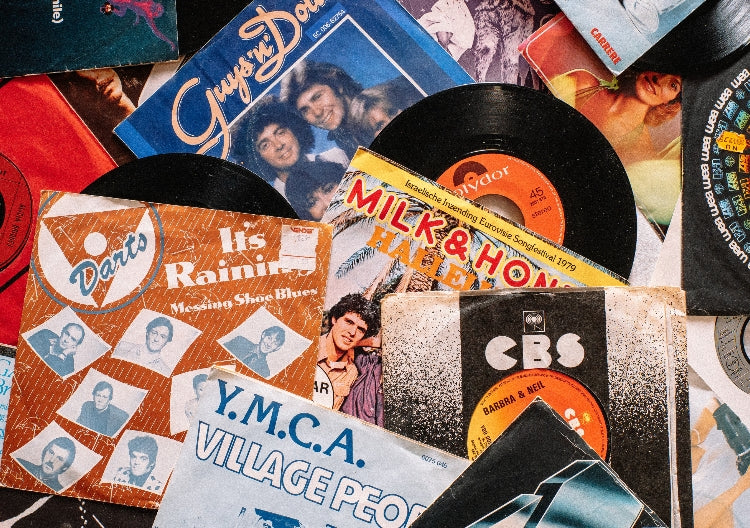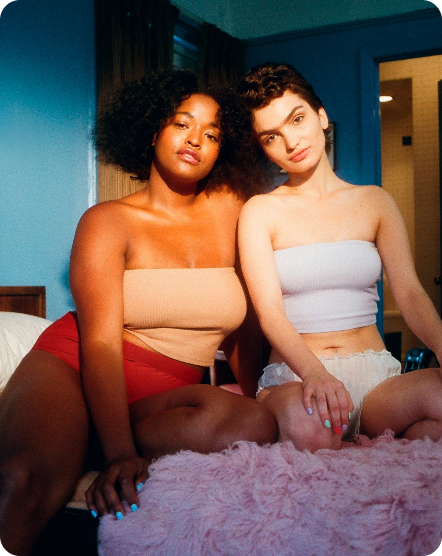Beauty ≠ Pain: Breaking the Myths Around Women’s Pain Perception

Category
news
Introduction
We’ve all heard the saying, “Beauty is pain.” It’s a phrase that has embedded itself deeply into societal norms, making it seem almost acceptable that women must endure discomfort or suffering to meet beauty standards. From high heels to invasive cosmetic procedures, the idea that beauty requires sacrifice is widespread. But it’s time to ask: Why should pain be the price of beauty?
For too long, women’s pain—whether physical or emotional—has been minimized or dismissed in the pursuit of an idealized appearance. This blog aims to challenge those norms and advocate for women’s right to comfort, health, and well-being without compromise.
The Origin of the “Beauty is Pain” Myth
The concept that beauty requires suffering isn’t new. Throughout history, societal expectations have pushed women to endure discomfort in the name of beauty. In ancient times, practices like foot binding in China or tight corsets in Europe were not only normalized but revered. The modern world may have evolved, but the pressures remain.
High heels, waxes, and cosmetic procedures are still glamorized despite the physical pain they can cause. Even today’s media, fashion industries, and celebrity culture promote these ideals, sending a clear message: to be beautiful, women must endure pain.
The Harmful Effects of Beauty Norms on Women’s Pain Perception
While these norms may seem harmless on the surface, they have profound impacts on how women perceive and tolerate pain.
-
Physical Pain Dismissal: Many women are taught to downplay their physical discomfort, brushing aside the pain of menstruation, childbirth, or even chronic conditions like endometriosis. Society tells women to grin and bear it—after all, pain is just part of being a woman, right? This dismissal is dangerous, leading to delayed medical treatment or worsening conditions simply because pain becomes normalized.
-
Psychological Impact: Beyond the physical, these beauty standards take a toll on mental health. Constantly striving for an unattainable version of beauty creates anxiety, stress, and body image issues. Many women feel inadequate, struggling with the pressure to meet society’s idea of perfection, and this constant push affects their emotional well-being.
- Beauty Products and Procedures: From painful waxing to risky cosmetic surgeries, the beauty industry profits from women’s willingness to endure discomfort. These products and procedures, often marketed as the only way to achieve beauty, come with risks that are downplayed in favor of profit.
Challenging the Norms – Women’s Health Comes First
The first step in dismantling this harmful myth is to place women’s health and wellness above appearance.
-
Reclaiming Wellness: It’s time for a shift in mindset. Beauty should never come at the expense of well-being. We need to challenge the beauty industry to prioritize health-conscious products that don’t force women to choose between looking good and feeling good. Brands like REB are leading the charge by focusing on real issues like menstrual pain relief with products designed for comfort, not just aesthetics.
-
Empowering Conversations: Conversations around women’s health issues—like menstruation, postpartum recovery, and hormonal changes—are still often met with discomfort or silence. This needs to change. By openly discussing these topics, we normalize women’s pain and validate their experiences, breaking the cycle of shame and silence.
- Changing the Narrative: The narrative around beauty must evolve. Women should feel empowered to make choices that prioritize their comfort and well-being. Products that focus on health, like REB’s innovative pain relief solutions, show that women can have both beauty and comfort, without sacrificing one for the other.
Steps Toward Change – How Society Can Support Women’s Wellness
We can’t create change alone. Society as a whole must rally behind this movement, supporting women’s health, wellness, and pain management.
-
Media Representation: Media plays a powerful role in shaping perceptions. By promoting more realistic depictions of women—ones that celebrate health over aesthetics—we can challenge harmful beauty standards. It’s time to stop glorifying pain and start showcasing women as they are, comfortable in their skin.
-
Advocacy and Education: Educating young girls about their bodies and the importance of self-care is crucial. They must understand that pain is not a requirement for beauty and that their comfort should always come first. This starts in schools, homes, and public health initiatives.
- Supporting Women’s Health Movements: There are countless movements and organizations dedicated to promoting women’s wellness. Whether it’s through advocating for better menstrual health products, pushing for greater awareness of women’s pain conditions like endometriosis, or supporting the development of non-invasive beauty products, society must rally behind these efforts.
Conclusion
It’s time to reject the notion that beauty must come with pain. Women deserve to feel beautiful, healthy, and comfortable without the added burden of suffering. By challenging these outdated norms and supporting brands and movements focused on women’s well-being, we can pave the way for future generations to live pain-free, without sacrificing their beauty or health.
Let’s break free from the “beauty is pain” narrative once and for all. Support products, brands, and voices that prioritize comfort, wellness, and self-care. Together, we can redefine what it means to be beautiful—no pain required.

